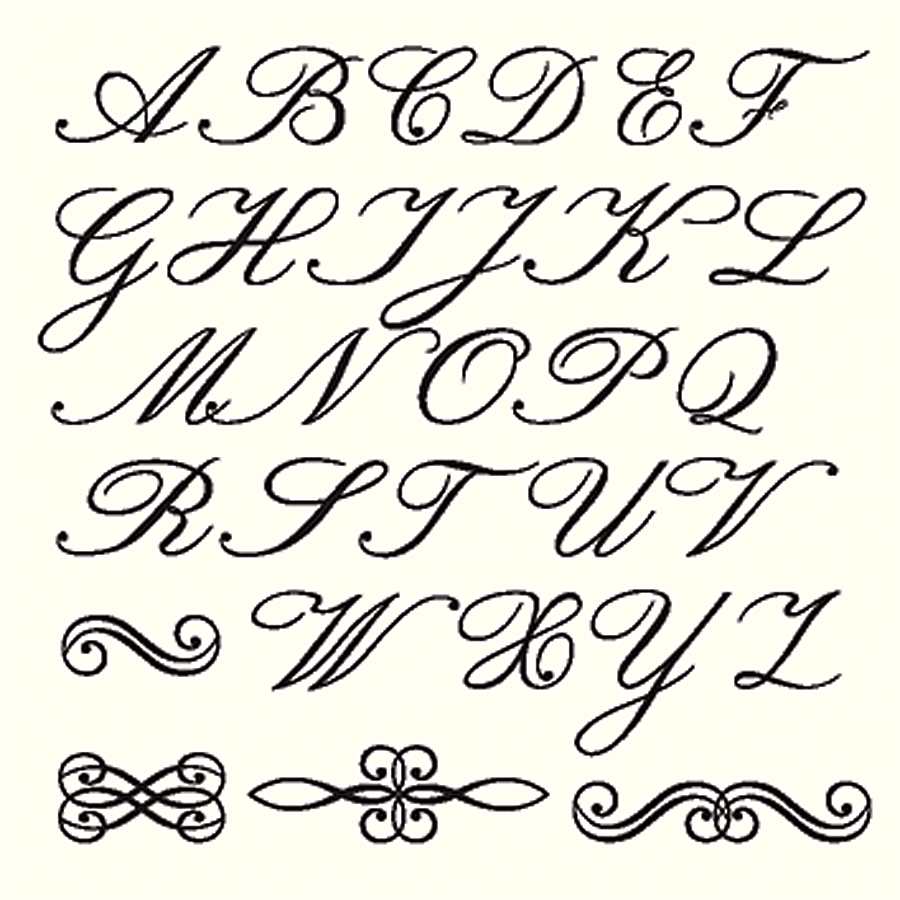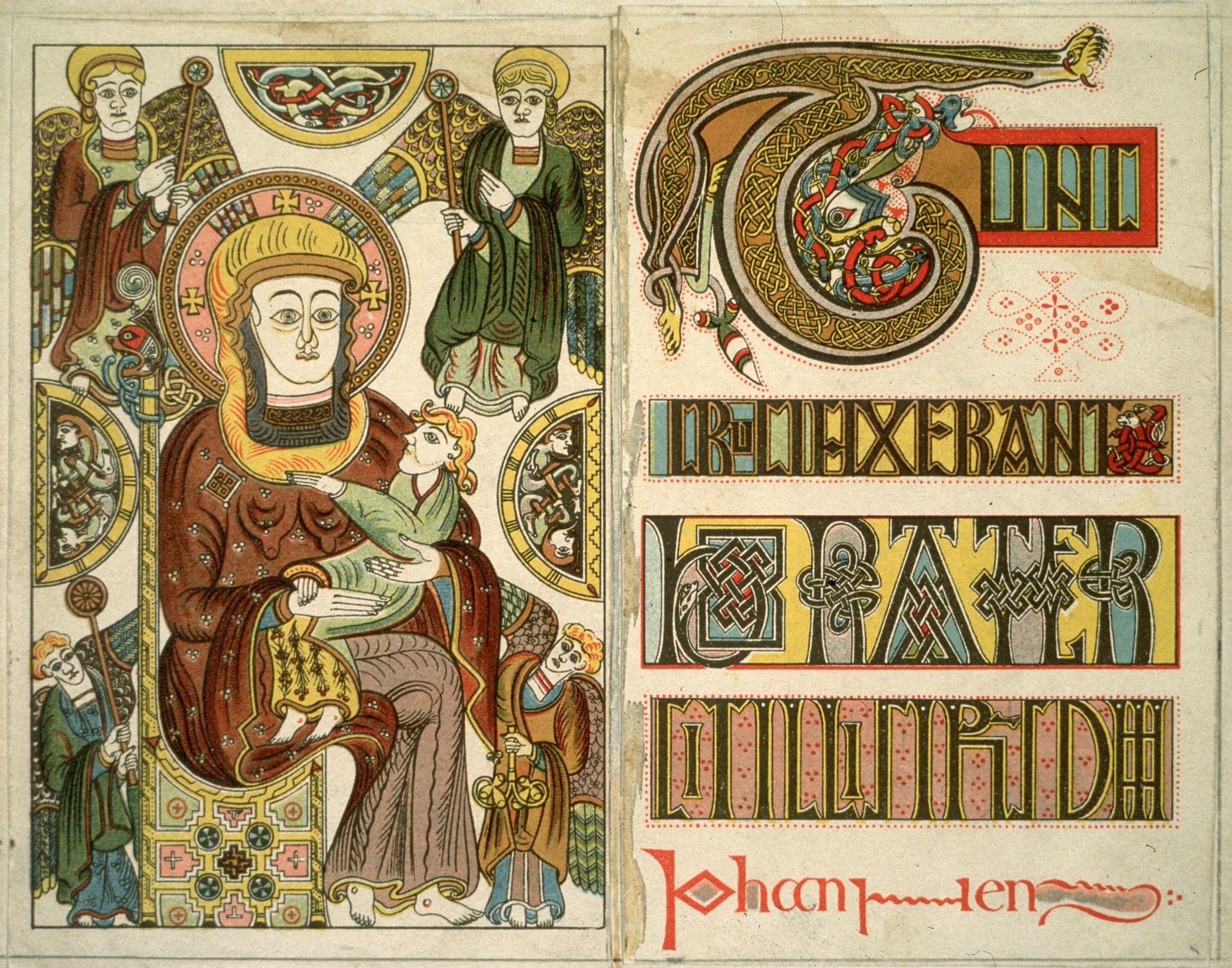Calligraphy, << kuh LIHG ruh fee, >> is the art of beautiful writing. In every literate culture, handwriting has been used to preserve sacred texts for future generations.

Distinctive variations of calligraphy were developed in different regions and periods of time, including among such ancient civilizations as the Greeks, Romans, and Chinese. The shapes of the letters depended on the tools that were used to make them. In Europe and the Near East, scribes wrote with quills and reeds cut to a chisel-like shape. Writing was done on prepared animal skins until paper was introduced from Asia. In later periods, manuscripts were adorned with decorated initials in gold and luminous (glowing) colors, leading to the term illuminated manuscript.

In Asia, calligraphers wrote with a brush on paper, the shapes of the forms depending on the pressure and movement of the brush. Arabic calligraphy has been influenced by Islam, which considers the copying of the holy book, the Qur’ān, a sacred activity. In Western countries, calligraphy changed after movable type was invented in the mid-1400’s. By the 1500’s, printers had assumed many of the tasks of book production formerly done by hand. Scribes worked closely with printers to make type faces.
Modern or contemporary calligraphers work at many levels. Some are professionals who create custom lettering for advertising, book jackets, magazines, greeting cards, and television. Many modern calligraphers are often paid to create stationary or write wedding invitations or diplomas or degrees. Others interpret poems or prose and create books prized by collectors. Many amateur calligraphers enjoy calligraphy as a hobby, creating mementos for family and friends. Societies for calligraphy provide workshops, plan exhibits, and present educational programs.
Methods used in calligraphy writing have changed over the years, and styles of calligraphy have shifted. However, modern calligraphers can choose between traditional or contemporary tools for creating beautiful text. These tools range from old-fashioned paint brushes and feathered pens that are dipped in ink to special pens that use ink cartridges and special markers with slanted or flat tips. Calligraphers who use the computer can quickly and easily copy calligraphy letters by using different fonts from plain to highly decorative styles.
Today, many contemporary calligraphers use the Internet to share or showcase their work. Some have their own websites as well as their own style of lettering. This new form of calligraphy tends to be freer, more expressive, and more personal than the neat, evenly lined spencerian (slanting) letters of traditional calligraphy.
